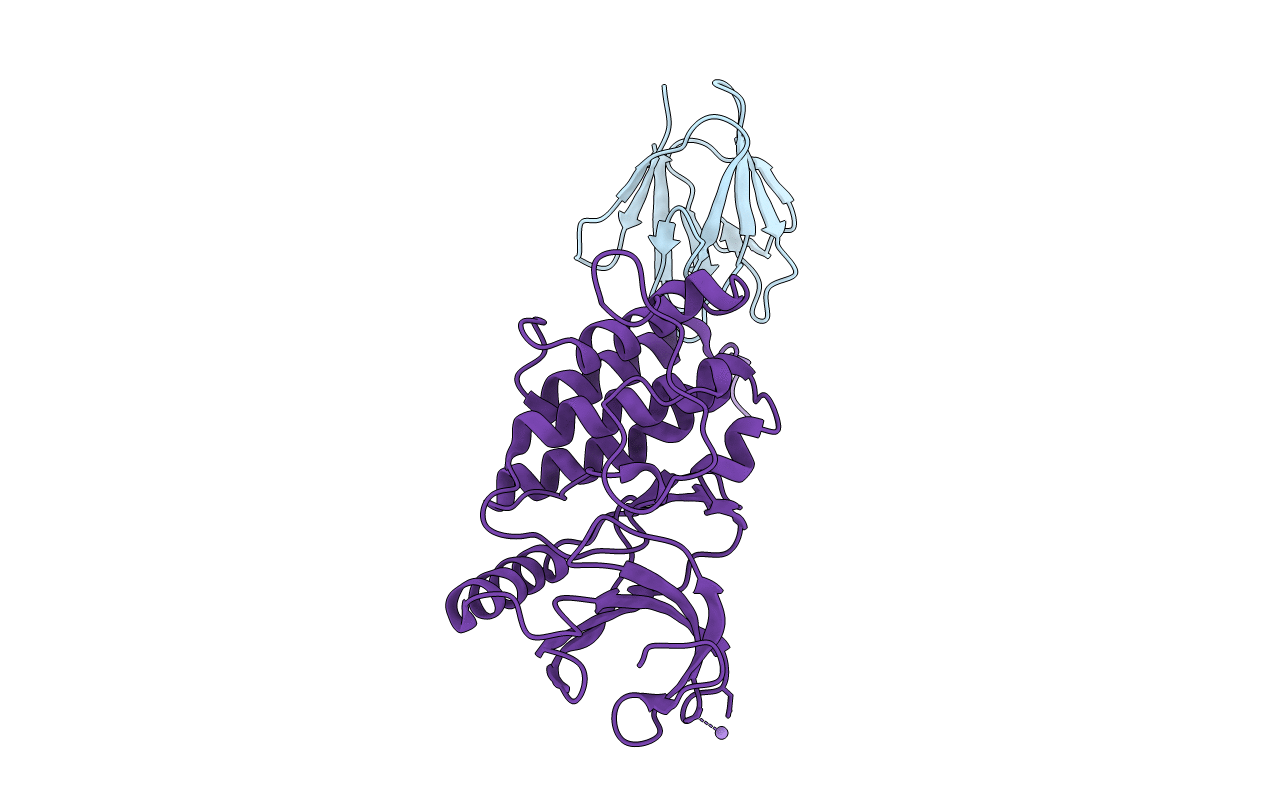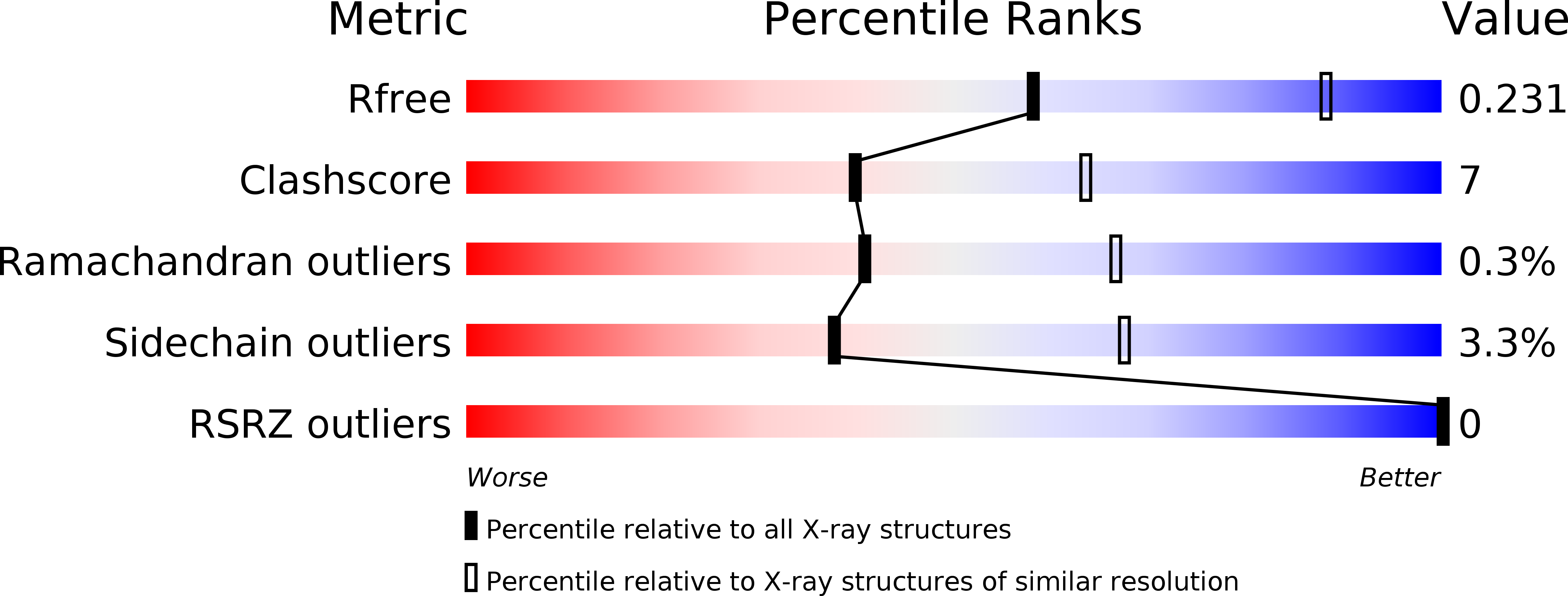
Deposition Date
2010-09-15
Release Date
2012-02-08
Last Version Date
2024-10-09
Entry Detail
PDB ID:
3OUN
Keywords:
Title:
Crystal structure of the FhaA FHA domain complexed with the intracellular domain of Rv3910
Biological Source:
Source Organism:
Mycobacterium tuberculosis (Taxon ID: 83332)
Host Organism:
Method Details:
Experimental Method:
Resolution:
2.71 Å
R-Value Free:
0.23
R-Value Work:
0.18
R-Value Observed:
0.18
Space Group:
P 31 2 1


